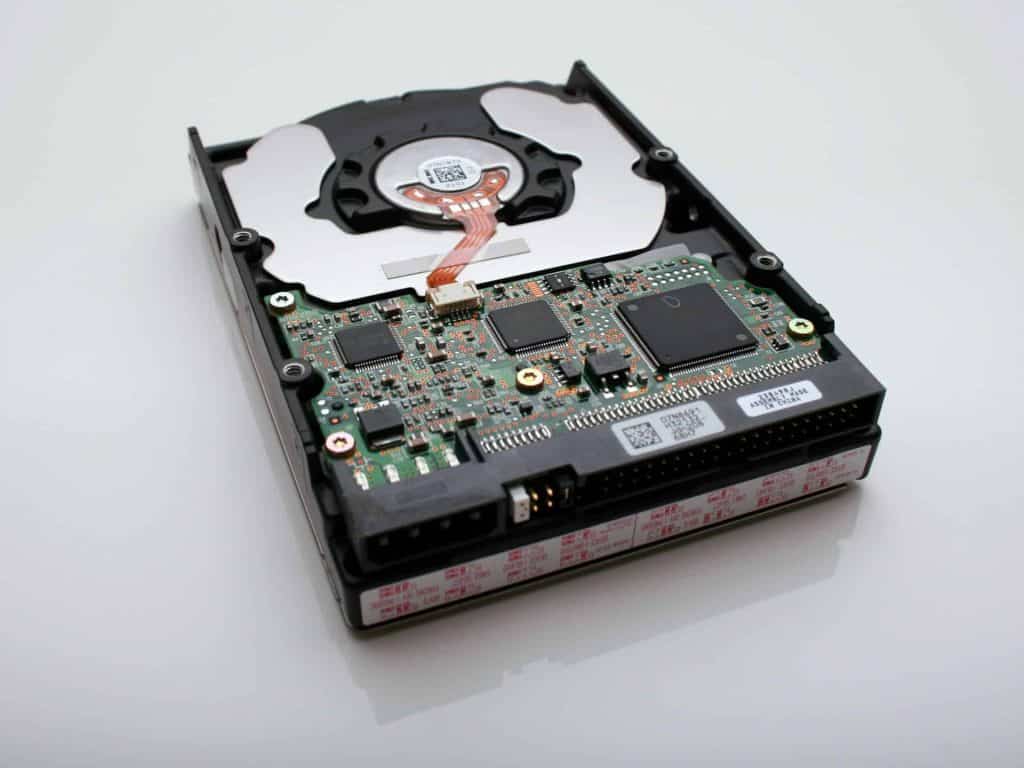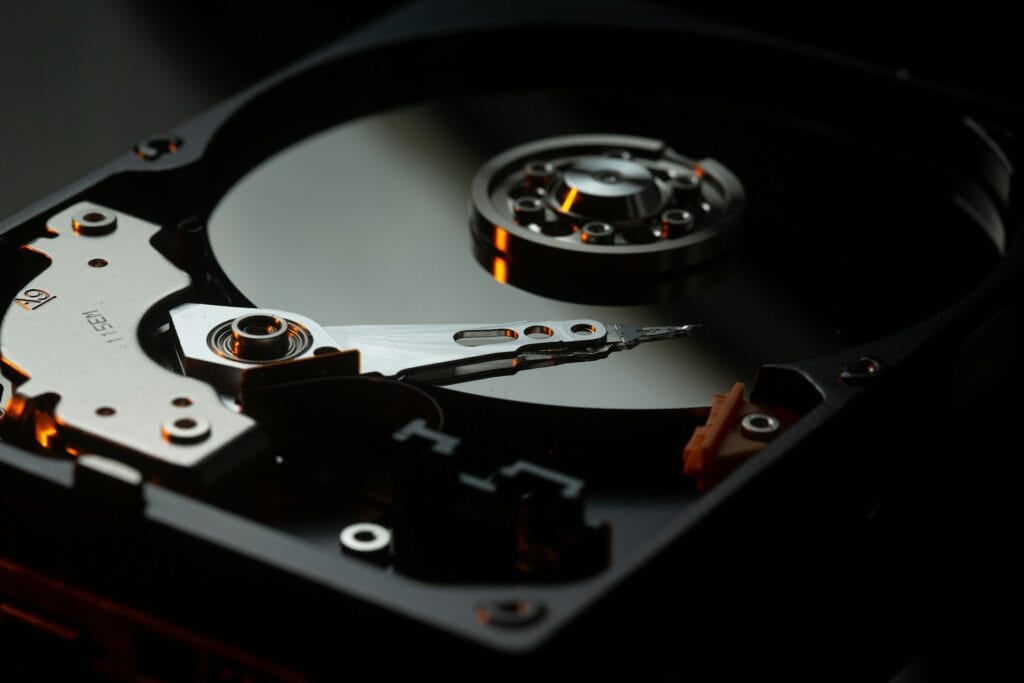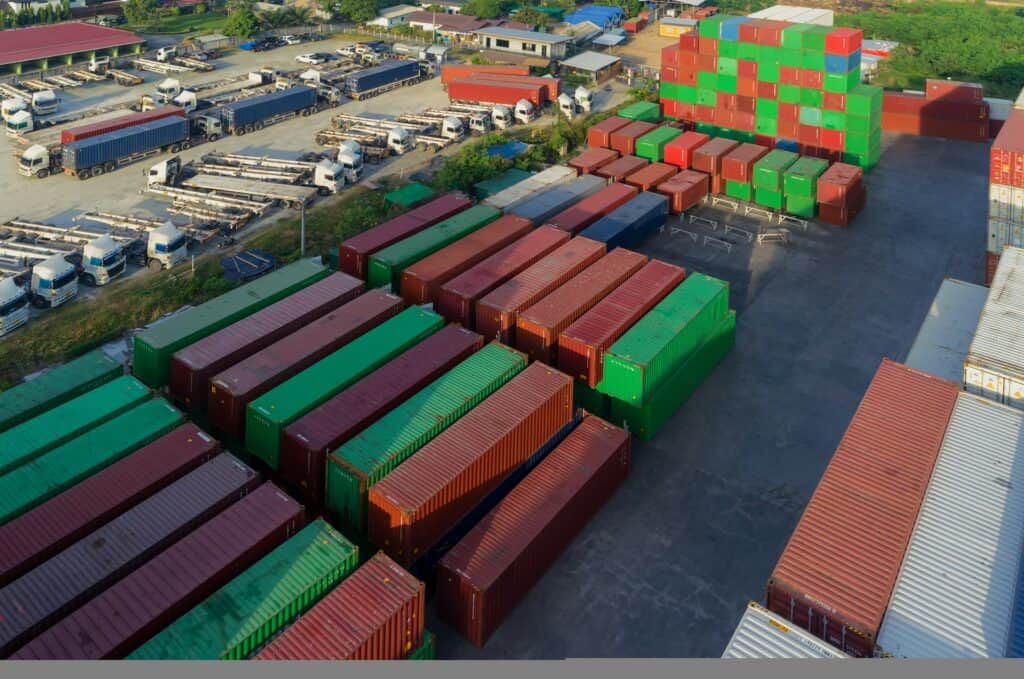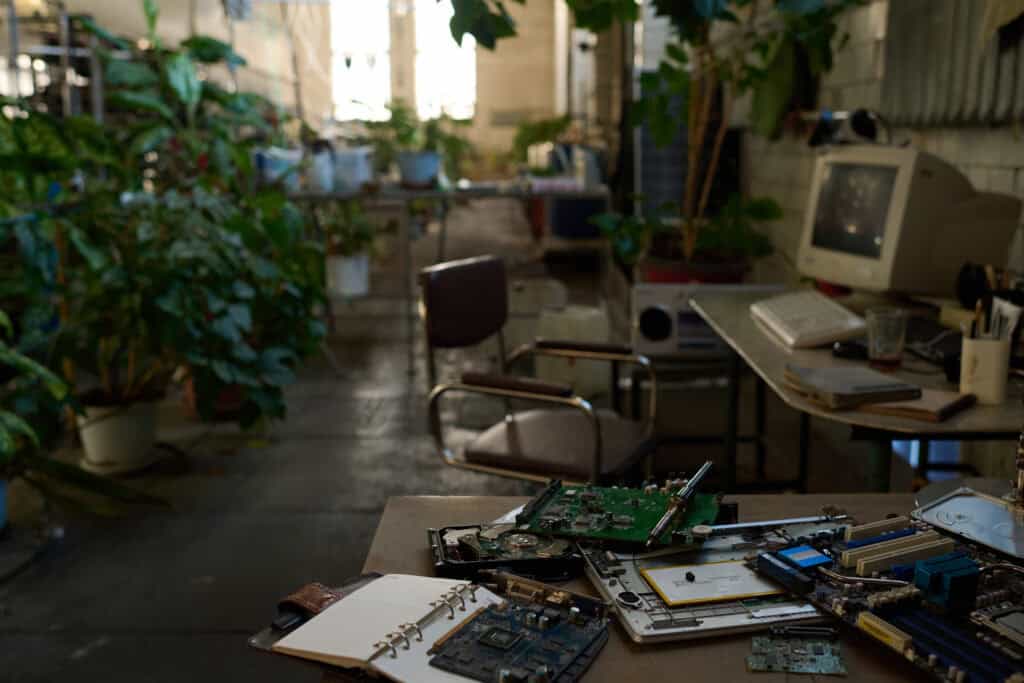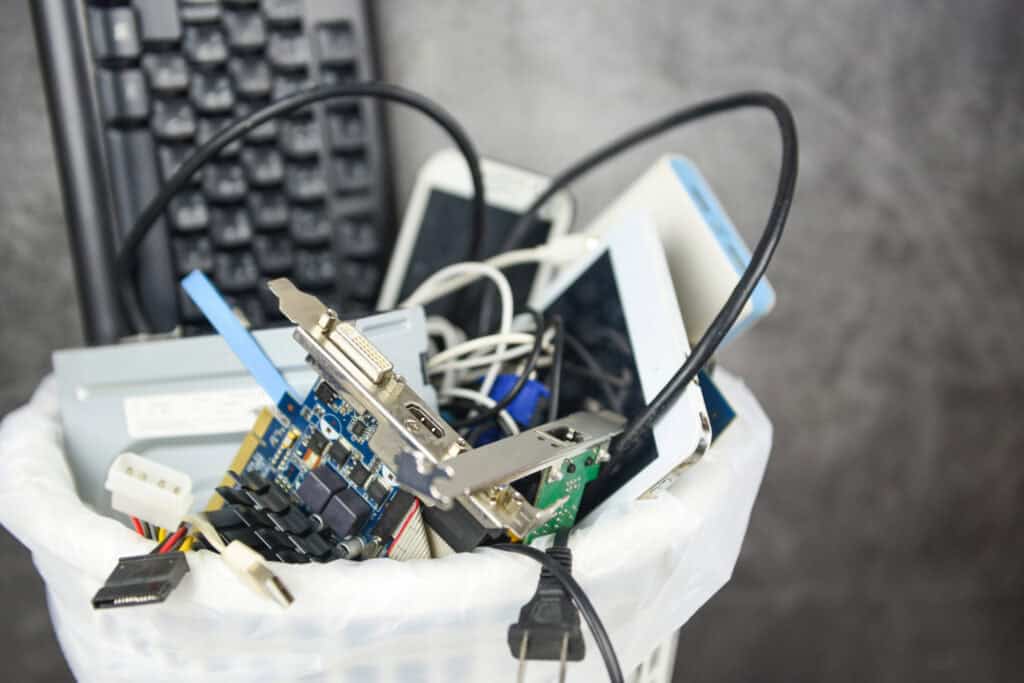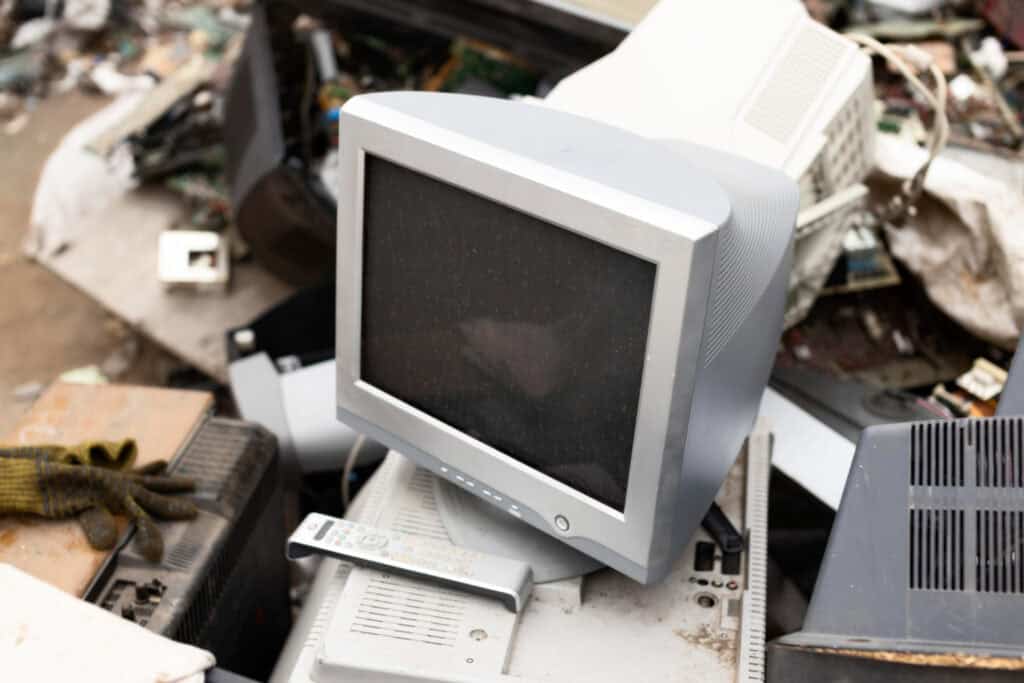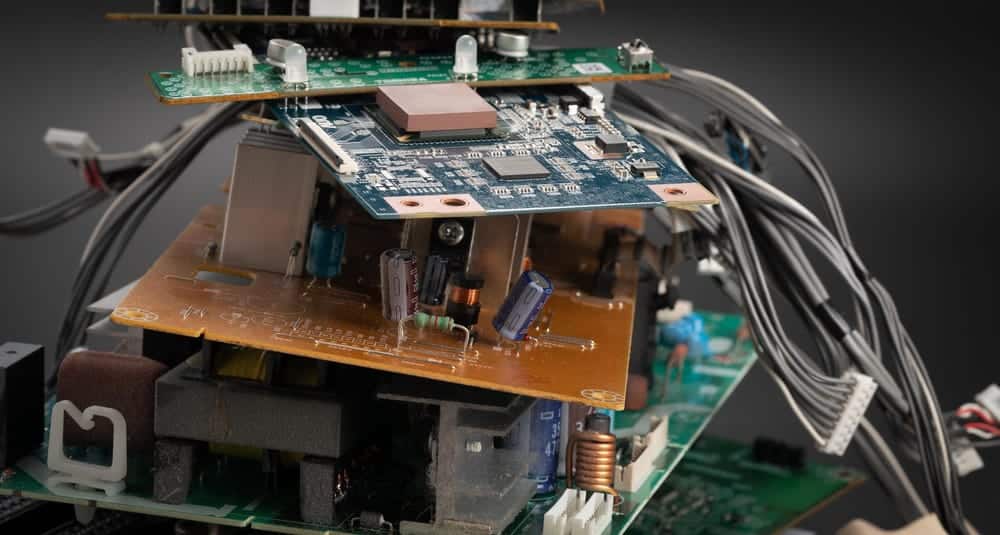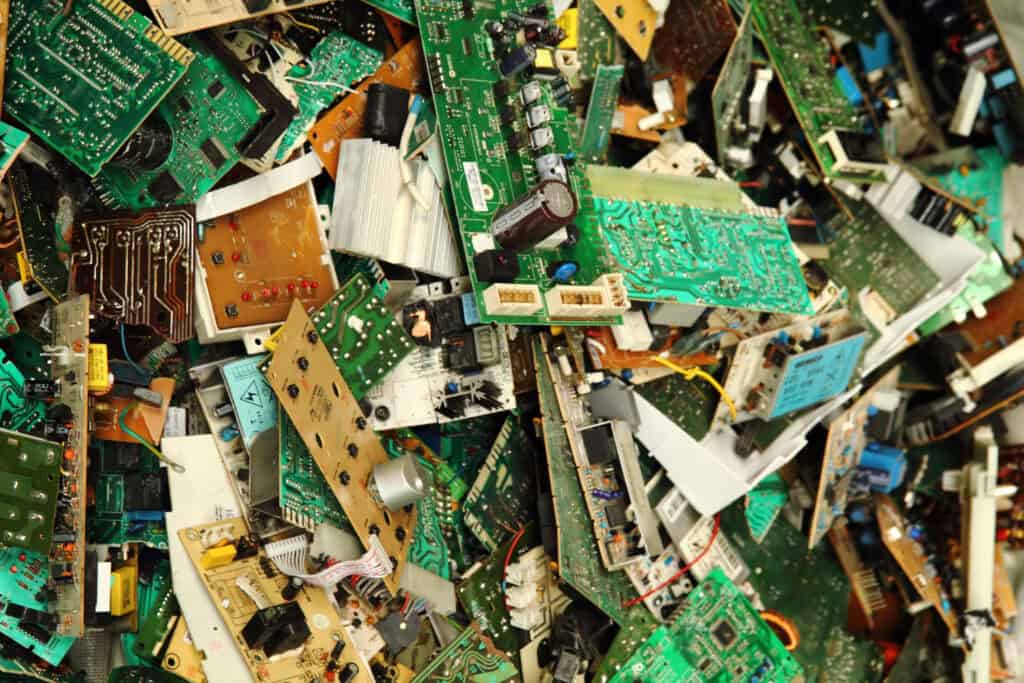In our digital age, protecting sensitive information is more important than ever. One effective way to ensure data security is through hard drive shredding. Hard drive shredding involves physically destroying hard drives so that the data stored on them cannot be recovered. This method is crucial for businesses or individuals looking to protect confidential information, whether it’s personal data or business records.
Recycling old electronic devices often leaves residual data vulnerable to theft. When devices are no longer needed, simply deleting files isn’t enough because the data can often still be recovered. Shredding hard drives destroys the actual hardware, making it impossible for anyone to retrieve any data. This process ensures that your sensitive information remains confidential and is a critical component of data security practices.
Hard drive shredding isn’t simply about destroying old electronics; it’s about guarding against data breaches and maintaining trust in your data-handling practices. Anyone responsible for handling sensitive information should understand the importance of comprehensive data destruction methods like hard drive shredding. As we dig into this topic, we’ll explore why shredding hard drives is essential, the tools you’ll need, the steps involved, and best practices to ensure your data is safe.
Why Hard Drive Shredding Is Essential for Data Security
Hard drive shredding is crucial for ensuring data security because it completely destroys the data stored on the device. When we delete files or format a hard drive, the data isn’t truly erased. It can often be recovered using special software. This means that any sensitive information, such as business plans, personal information, or financial records, could potentially fall into the wrong hands. That’s why shredding the hard drive is the most reliable way to protect this information.
Data breaches can have severe consequences, including financial loss, legal issues, and damage to a company’s reputation. By shredding hard drives, we eliminate any risk associated with data recovery. This method is particularly important for businesses that deal with large amounts of confidential data. Ensuring that this data is completely destroyed helps maintain trust with clients and stakeholders. In addition, hard drive shredding aligns with best practices for data protection regulations, keeping your business compliant with laws such as GDPR and HIPAA.
Tools and Equipment Needed for Hard Drive Shredding
Effective hard drive shredding requires specific tools and equipment to ensure the data is irretrievably destroyed. The first tool needed is a reliable hard drive shredder. These machines are designed to break down hard drives into tiny pieces, making it impossible to recover any data. They come in different sizes and capacities, suitable for various volumes of hard drives. For businesses handling large quantities of electronic waste, industrial-grade shredders are recommended.
In addition to shredders, other tools might include safety equipment like gloves and eye protection, as shredding can create small debris. Collecting bins for the shredded material are also essential, as these pieces must be recycled properly to avoid environmental harm. Some hard drive shredders also include features like particle size control and increased speed, which can enhance the efficiency and security of the shredding process. Investing in the right equipment ensures our shredding operations are both safe and effective.
Step-by-Step Process to Shred Hard Drives Securely
Shredding hard drives securely involves a series of well-defined steps to ensure complete data destruction. The first step is to collect and catalog the hard drives that need to be shredded. This helps in keeping track of all devices and ensures none are missed. Next, we remove any external enclosures or cases, making the hard drives easier to shred.
The third step involves the actual shredding process. We place the hard drives into the shredder, ensuring that they are completely disintegrated into tiny pieces. The shredder is designed to cut the hard drives into pieces small enough to prevent any possibility of data recovery. Finally, we collect the shredded material and dispose of it in an environmentally responsible manner, often sending it to recycling facilities that can process electronic waste.
Best Practices for Ensuring Complete Data Destruction
Ensuring complete data destruction requires adhering to best practices that guarantee all data is irretrievably destroyed. One essential practice is performing regular audits to verify that our shredding processes meet industry standards and legal requirements. These audits help us identify and correct any lapses in the destruction process, keeping our operations secure and compliant.
Another best practice is maintaining detailed records of the destruction process. This involves documenting when and how each hard drive was shredded, providing proof that all data has been securely destroyed. Using high-quality shredders that can handle the specific type of hard drives we’re destroying ensures the effectiveness of the shredding. Additionally, training employees on data destruction protocols and the importance of secure shredding helps maintain a high level of security and compliance throughout the process.
Conclusion
Hard drive shredding is a vital component of data security and environmental responsibility. By understanding why shredding is essential, using the right tools, following a clear step-by-step process, and adhering to best practices, we can ensure that sensitive information is thoroughly destroyed. This not only protects against data breaches but also helps the environment by enabling proper e-waste recycling.
At ReWorx Recycling, our expertise in secure data destruction and e-waste recycling ensures that your end-of-life electronic devices are handled responsibly. Trust us to help keep your data safe while contributing to a cleaner environment. Contact ReWorx Recycling today to learn more about our comprehensive hard drive shredding in Atlanta.

